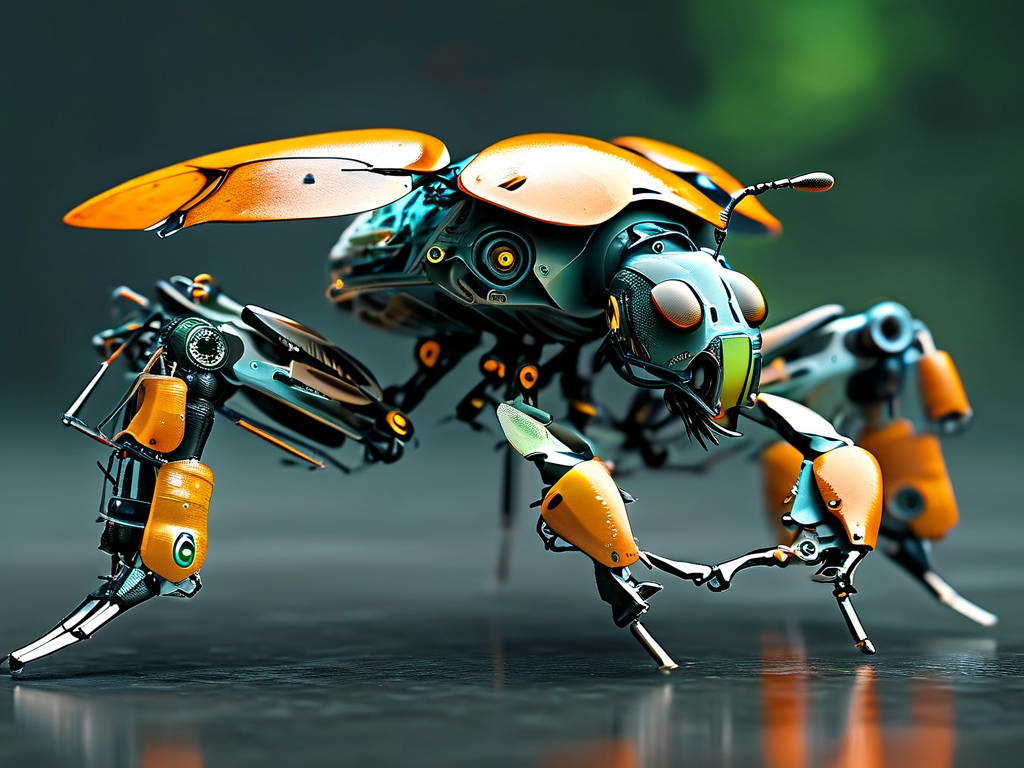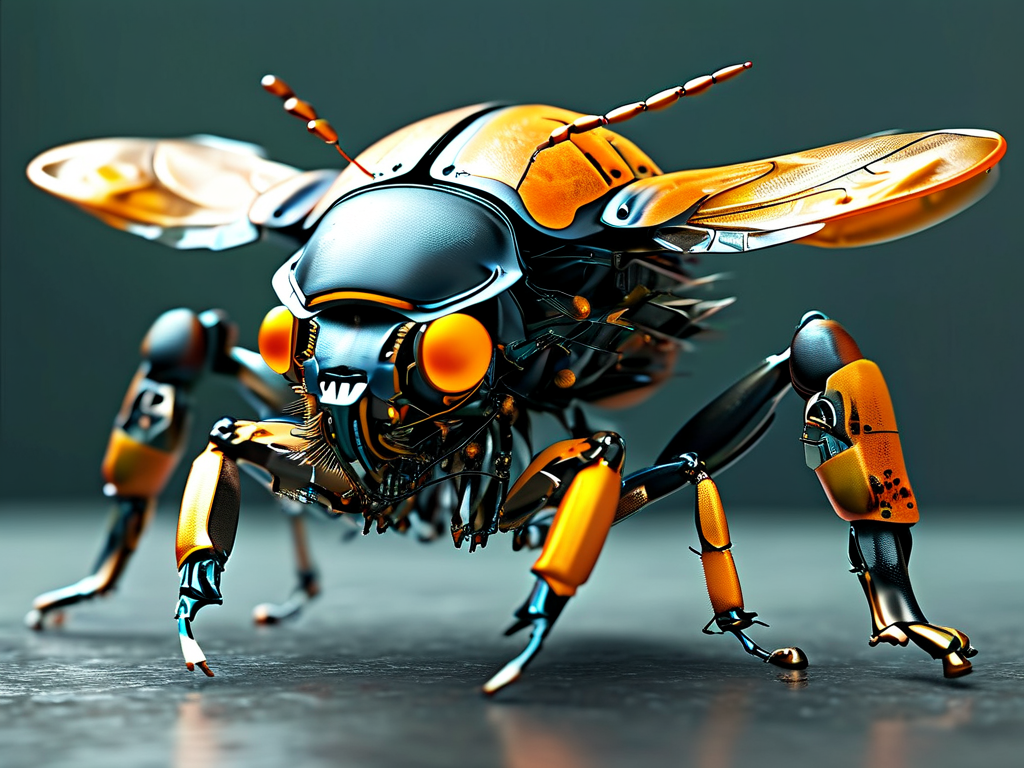The fusion of entomology and robotics has sparked a revolution in micro-mechanical systems, with insect-inspired robots emerging as pioneers in agile mobility and energy-efficient operations. At the heart of this innovation lies advanced propulsion technologies that mimic nature’s evolutionary masterpieces – from the flutter of beetle wings to the spring-loaded jumps of fleas.
Biomechanics as Blueprint
Insect locomotion relies on principles that engineers are now decoding for robotic applications. For instance, the asynchronous flight muscles of flies – which contract multiple times per neural signal – have inspired high-frequency actuators. Researchers at the University of Cambridge recently demonstrated a 3D-printed artificial muscle system capable of 500 Hz oscillations, replicating the wingbeat patterns of fruit flies. This breakthrough enables centimeter-scale drones to achieve mid-air stabilization previously requiring complex gyroscopic systems.
Energy Density Breakthroughs
The power challenge in insect-scale robotics centers on energy storage limitations. Traditional lithium batteries weigh down micro-robots, reducing payload capacity. A team from MIT’s Microsystems Laboratory has pioneered biohybrid solutions using methanol micro-fuel cells. These palm-sized power units leverage catalytic combustion of liquid fuel, delivering 3x the energy density of conventional batteries. Field tests showed a 2.8-gram robotic ant carrying its fuel supply could operate continuously for 45 minutes – a 600% improvement over battery-dependent models.
Morphing Material Innovations
Shape-memory alloys (SMAs) and electroactive polymers are redefining motion generation. The Hong Kong University of Science and Technology developed a 0.9-gram crawler using nickel-titanium SMA "muscles" that contract when heated via micro-resistors. This thermal actuation method enables inchworm-like movement without traditional motors, achieving 8 mm/s speeds on flat surfaces. Crucially, these materials self-heal after deformation – a feature directly borrowed from insect exoskeletons.

Energy Harvesting Frontiers
Autonomous operation requires sustainable power solutions. Photovoltaic hairs modeled after butterfly wing scales are being integrated into robotic thoraxes. These microscopic structures, developed at Caltech, convert both sunlight and artificial room lighting into energy with 22% efficiency – comparable to commercial solar panels. When combined with piezoelectric leg joints that harvest kinetic energy, prototypes demonstrate indefinite operation under office lighting conditions.
Navigation and Control Systems
Mimicking insect sensory networks remains a critical hurdle. Tokyo Institute of Technology’s "CyberCricket" employs distributed processing: six leg-mounted microcontrollers handling locomotion while a central unit manages obstacle detection. This decentralized architecture, mirroring insect ganglia, reduces computational load by 70% compared to centralized systems. The robot’s 0.5-watt processing budget supports real-time terrain adaptation using antenna-inspired capacitive sensors.
Manufacturing Challenges
Mass production of micro-scale components demands novel fabrication techniques. Laser lithography now creates sub-millimeter gear systems with 5-micron precision – essential for replicating insect joint mechanics. A recent collaboration between ETH Zurich and Stanford yielded batch-produced robotic legs with integrated fluidic circuits for hydraulic actuation, cutting assembly costs by 80% compared to manual methods.

Ethical and Environmental Considerations
As these technologies mature, concerns about micro-robot swarms necessitate proactive governance. The European Robotics Board has proposed size-based emission standards and biodegradable material requirements. Concurrently, researchers are exploring ecological applications – such as Delft University’s pollen-carrying robotic bees designed to supplement declining natural pollinators.
The trajectory of insect-inspired robotics points toward symbiotic human-machine ecosystems. From disaster rescue micro-drones to precision agriculture sensors, these technologies harness millions of years of evolutionary R&D. As power densities approach biological equivalents (currently at 35% of honeybee muscle efficiency), the next decade may see artificial insects outperforming their natural counterparts in specific tasks – all while maintaining sub-gram payloads and whisper-quiet operation. This silent revolution in propulsion technology isn’t just building better robots – it’s redefining humanity’s relationship with the micro-world.

